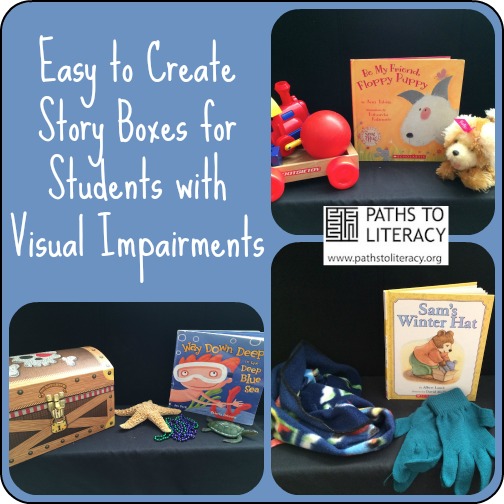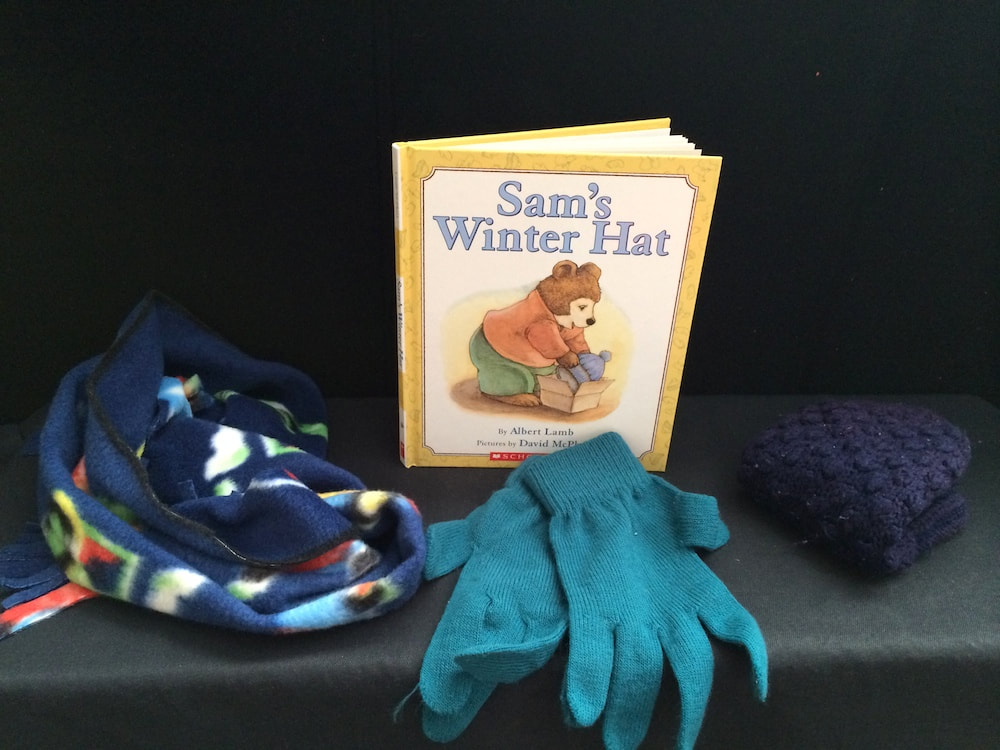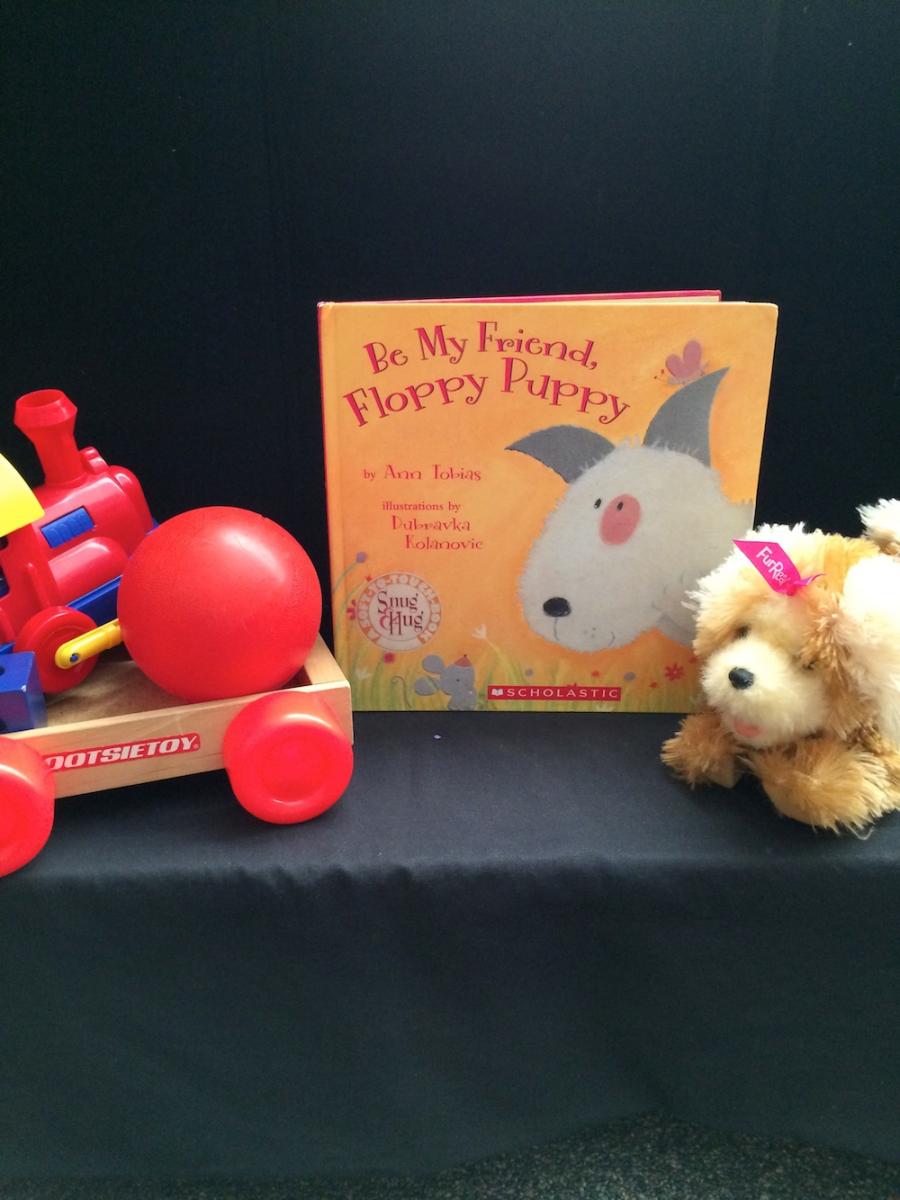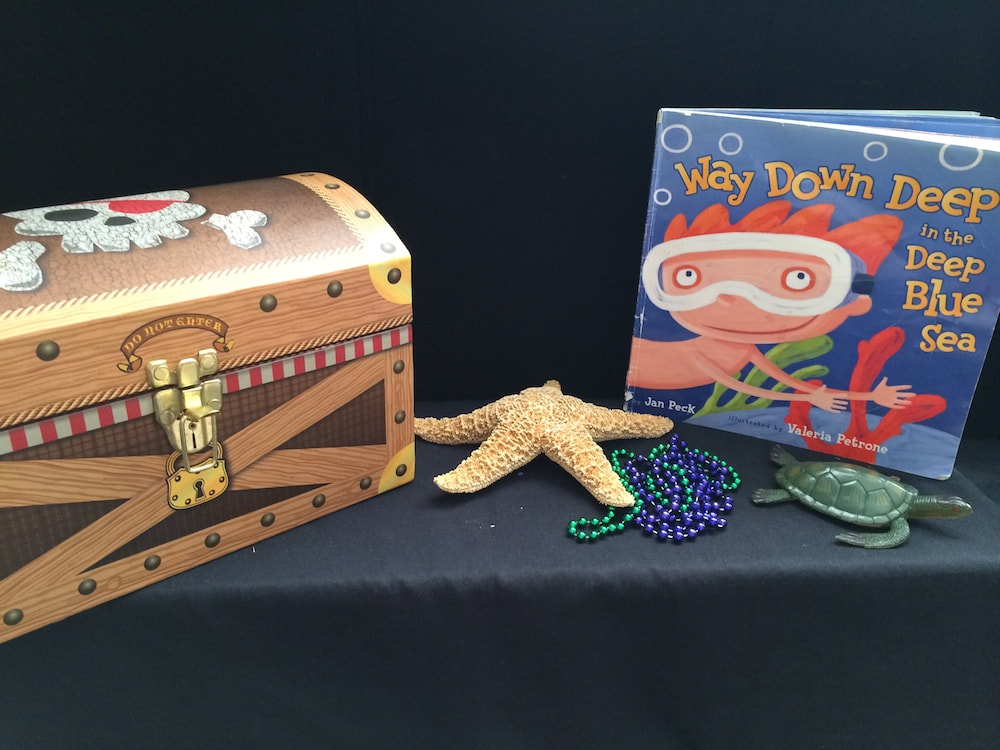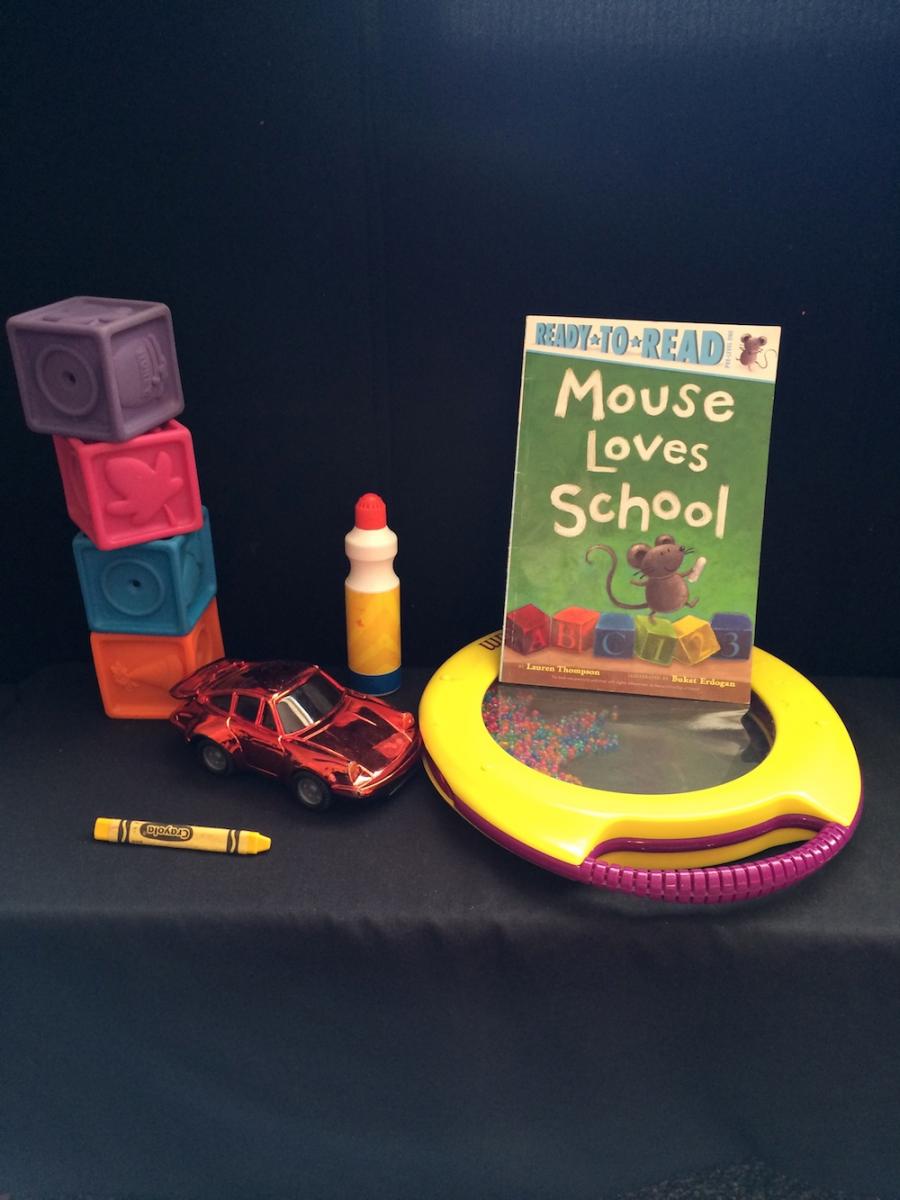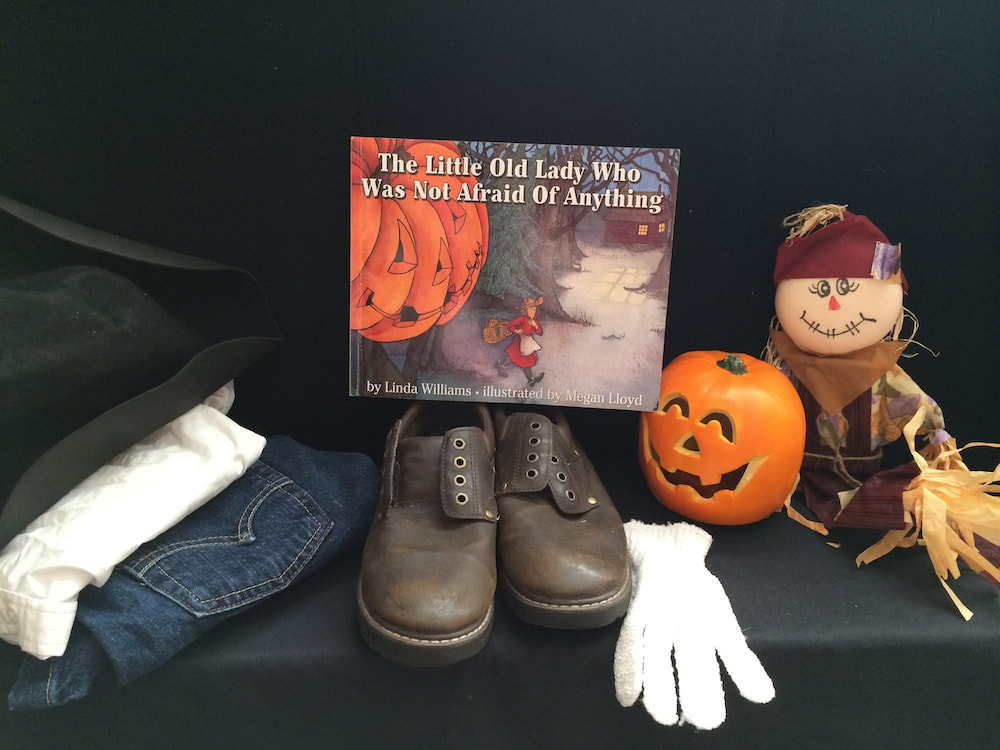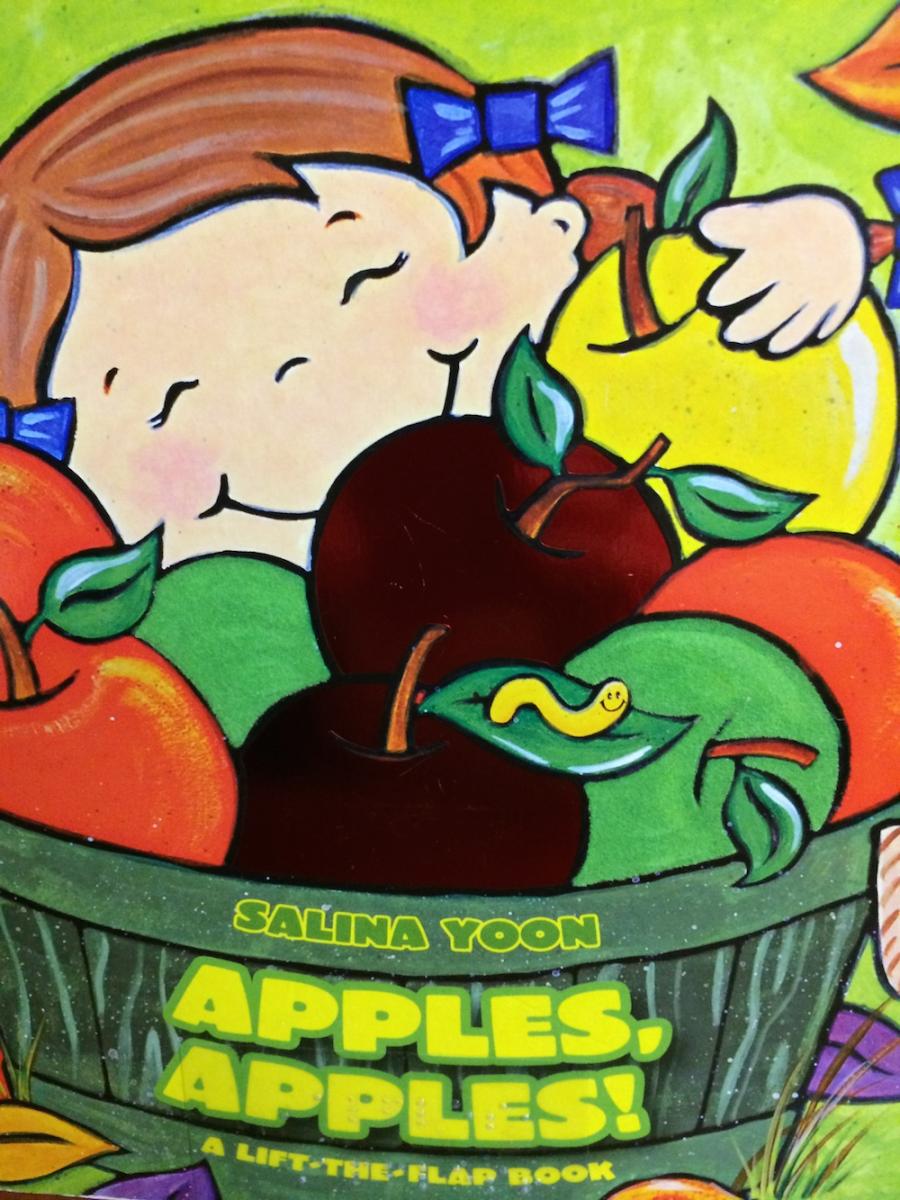Easy to Create Story Boxes
Adapted from article by Jaime Brown
Story boxes bring the story to life; they make it meaningful, real and interesting. Story boxes are essential when teaching children with visual impairments, and they are a critical support to children with dual sensory loss.
Although children don’t always like stuffed animals, some do like them. For children with some vision, they can see the stuffed animal. It may be difficult to find a way to use real animals on a regular basis, but fortunately the story is about so much more than the main character.
Be creative when reading and acting out the story. Use the items you have gathered, but use additional supports that include all of the senses. For example, the EPIC FX Sounds app is my favorite story support app. This app has every sound imaginable, divided up by category. Use movement: move in the manner the story describes providing prompting and support as needed. When possible taste the items. Each student should have repeated opportunities to touch and explore the story box items before and during the story. Storage Tip: It is easier to use boxes or baskets to keep the book and items in the box. That way you aren’t scrambling at the last minute to find all the necessary items.
January: Sam’s Winter Hat by Albert Lamb
February: Be My Friend, Floppy Puppy by Ann Tobias
March: The Very Hungry Caterpillar by Eric Carle
This book requires last minute shopping; due to the amount of fresh food needed. However, if you can’t find a real caterpillar, these stuffed caterpillars are the next best thing. (You may find caterpillars in my garden – eating your plants.)
April: How Much is that Doggie in the Window by Bob Merrill. Retold by Iza Trapani
This is a great story when a therapy dog is visiting. With that said, you may want to use the Fur real puppy that has soft fur, barks, and walks when a therapy dog is not with you.
May: Way Down Deep in the Deep Blue Sea by Jan Peck
August: Mouse Loves School by Lauren Thompson
September: Sometimes I Like to Curl Up in a Ball by Vicki Churchill
Children explore different ways to move when reading this story.
October: The Little Old Lady Who Wasn’t Afraid of Anything by Linda Williams
November: Apples, Apples by Salina Yoon
December: If You Take A Mouse to the Movies by Laura Numeroff
There are so many extension activities for this book; you can use it for a couple of
weeks. Children can easily interact with you during this story.
|
A Shared Vision: Partners in Pediatric Blindness & Visual Impairment
EIN 81-4227664

